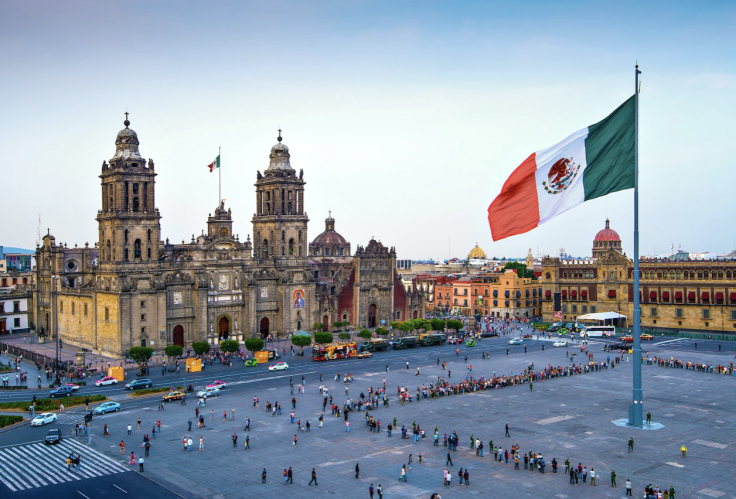
Mexico City has experienced some of the fastest rates of subsidence globally, with some areas sinking as much as 20 inches per year in recent decades, and continued droughts are contributing to accelerating the issue, The Washington Post reported.
Researchers attribute this to the compression of clay layers beneath the city, with the extensive extraction of groundwater being a significant factor in this. Considering that over half of the city's water supply sourced from underground aquifers, addressing this issue has been a considerable challenge.
Enrique Cabral-Cano, a geophysicist at the National Autonomous University of Mexico, has extensively studied the subsidence in Mexico City. He told the outlet that subsidence has been documented for over 120 years, but effective solutions remain elusive.
The historic center of Mexico City is a clear illustration of this problem, with streets and buildings visibly sloping and bending, a feature often highlighted in guided tours. However, the issue extends beyond the historic center, affecting the airport, metro stations, and numerous streets.
Much of this infrastructure needs costly repairs extremely often, with Cabral-Cano's research indicating that figures are comparable to those of major natural disasters such as earthquakes and hurricanes. Most of the subsidence is irreversible as the ground continues to compact in response to past groundwater extraction.
Looking ahead, researchers project that the land in Mexico City could sink another 100 feet over the next 150 years. Current water shortages, exacerbated by low rainfall, climate change, and poor infrastructure, continue to make it necessary to pump groundwater, further perpetuating the subsidence issue.
Currently, around 70% of the city's water supply comes from groundwater, with nearly 22 million residents relying on this source. A study found that since 2014, approximately 5 million Olympic-size pools worth of groundwater have been extracted annually to meet the city's water demands, depleting the aquifers and exacerbating subsidence. Urban infrastructure, such as concrete and asphalt, also prevents rainwater from replenishing the aquifers, compounding the problem.
Climate change adds another layer of complexity, with Mexico's average temperature having increased by 1.6 degrees Celsius since preindustrial times. This warming accelerates surface water evaporation and alters rainfall patterns, further stressing the city's water supply.
President-elect Claudia Sheinbaum has pledged to address the water crisis by regulating water-intensive agricultural practices and improving irrigation systems, but it remains uncertain whether these measures will significantly impact subsidence.
As the rainy season begins, the outlook remains dire. Recent data indicate that the federal district is experiencing severe drought, with groundwater levels at about 2 percent of the long-term average.
As aquifers deplete, water extraction efforts have moved further from the city center, spreading subsidence problems to new areas. One of such areas is Valle de Chalco, where subsidence has severely damaged buildings.
Local residents, however, may not be fully aware of the underlying issues. Consequences of subsidence are unevenly distributed across the city. While some residents can make minor repairs to their homes, broader solutions require action from local and federal governments to address the fundamental water management issues.
© 2025 Latin Times. All rights reserved. Do not reproduce without permission.





